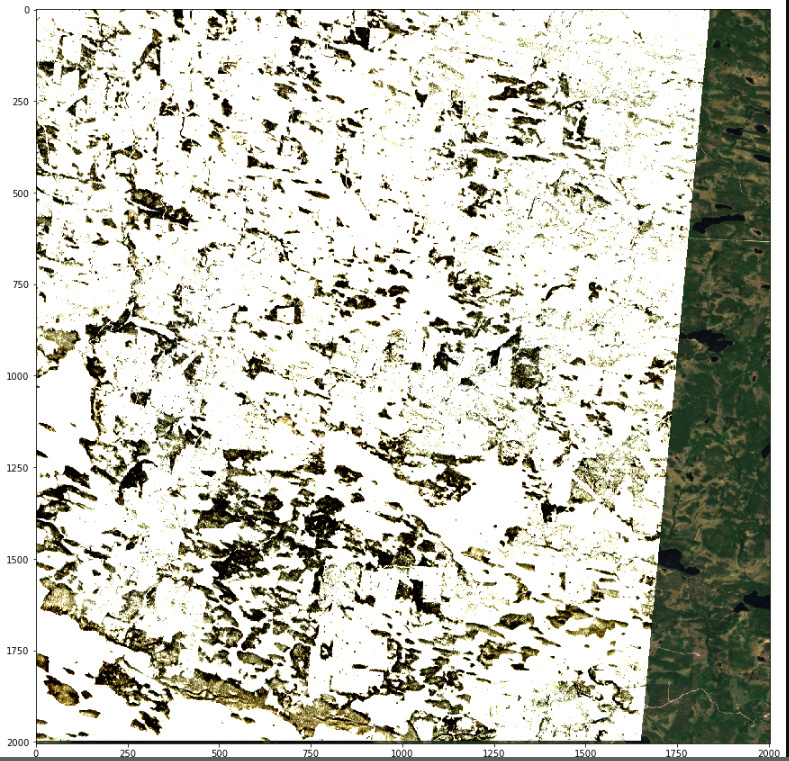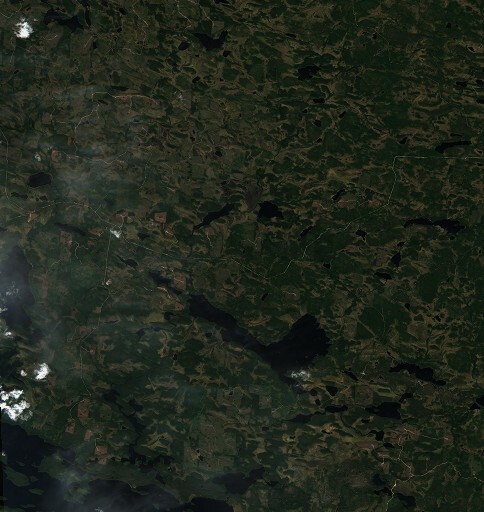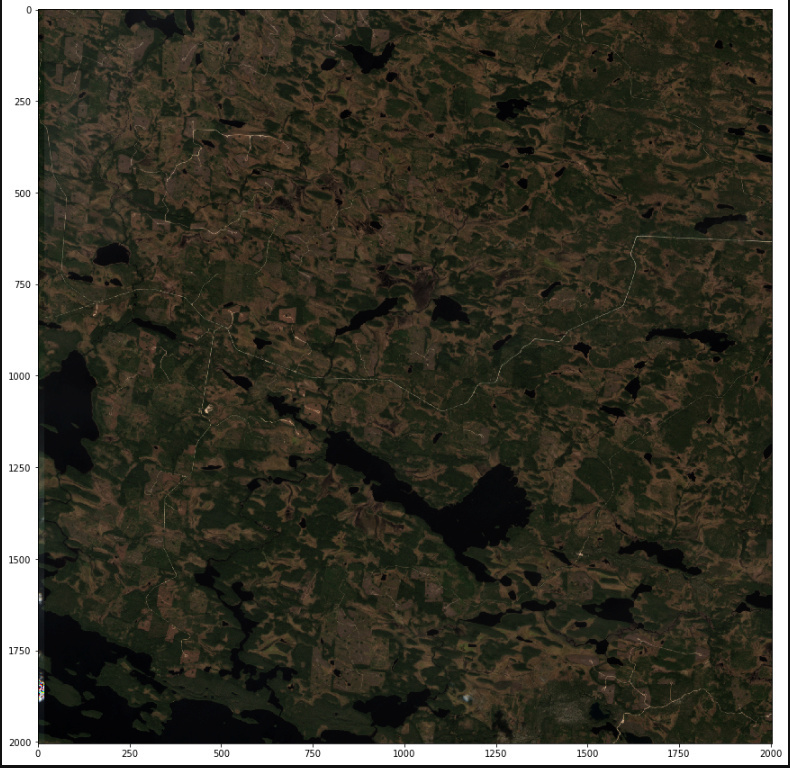Hello!
I am using SentinelHUB python API to get the data for AOI. The result is strange as follow:
I wonder if I am doing something wrong or what?! I should also mention that for other areas the result is OK.
Interestingly, others have done for the same area with the same interval and the result is fine.
evalscript_true_color = “”"
//VERSION=3
function setup() {
return {
input: [{
bands: [“B02”,“B03”,“B04”,“dataMask”]
}],
output: {
bands: 3
}
};
}
let minVal = 0.0;
let maxVal = 0.4;
let viz = new HighlightCompressVisualizer(minVal, maxVal);
function evaluatePixel(samples) {
let val = [samples.B04, samples.B03, samples.B02];
val = viz.processList(val);
val.push(samples.dataMask);
return val;
}
"""
request_true_color = SentinelHubRequest(
data_folder='./outputs',
evalscript=evalscript_true_color,
input_data=[
SentinelHubRequest.input_data(
data_source=DataSource.SENTINEL2_L2A,
time_interval=('2020-04-01', '2020-06-30'),
mosaicking_order='leastCC'
)
],
responses=[
SentinelHubRequest.output_response('default', MimeType.TIFF)
],
bbox=betsiboka_bbox,
size=betsiboka_size,
config=config
)
Thanks in advance for your help.
Kind regards,
Behzad




